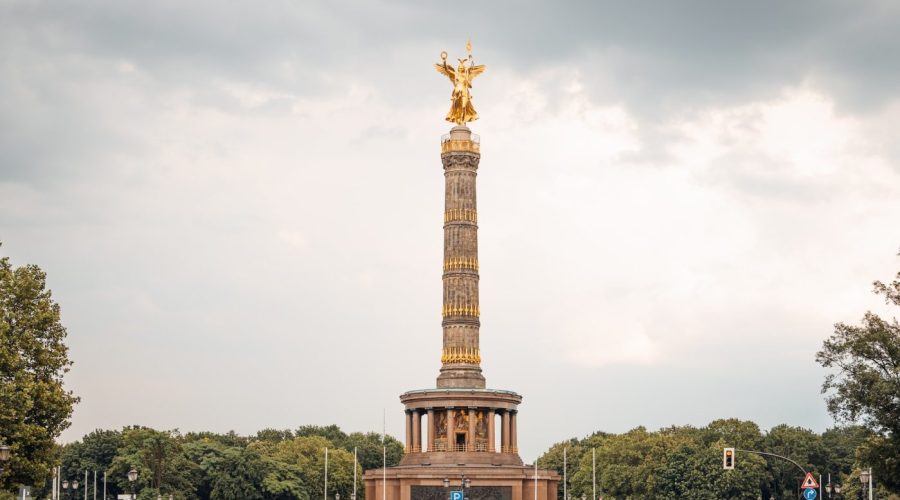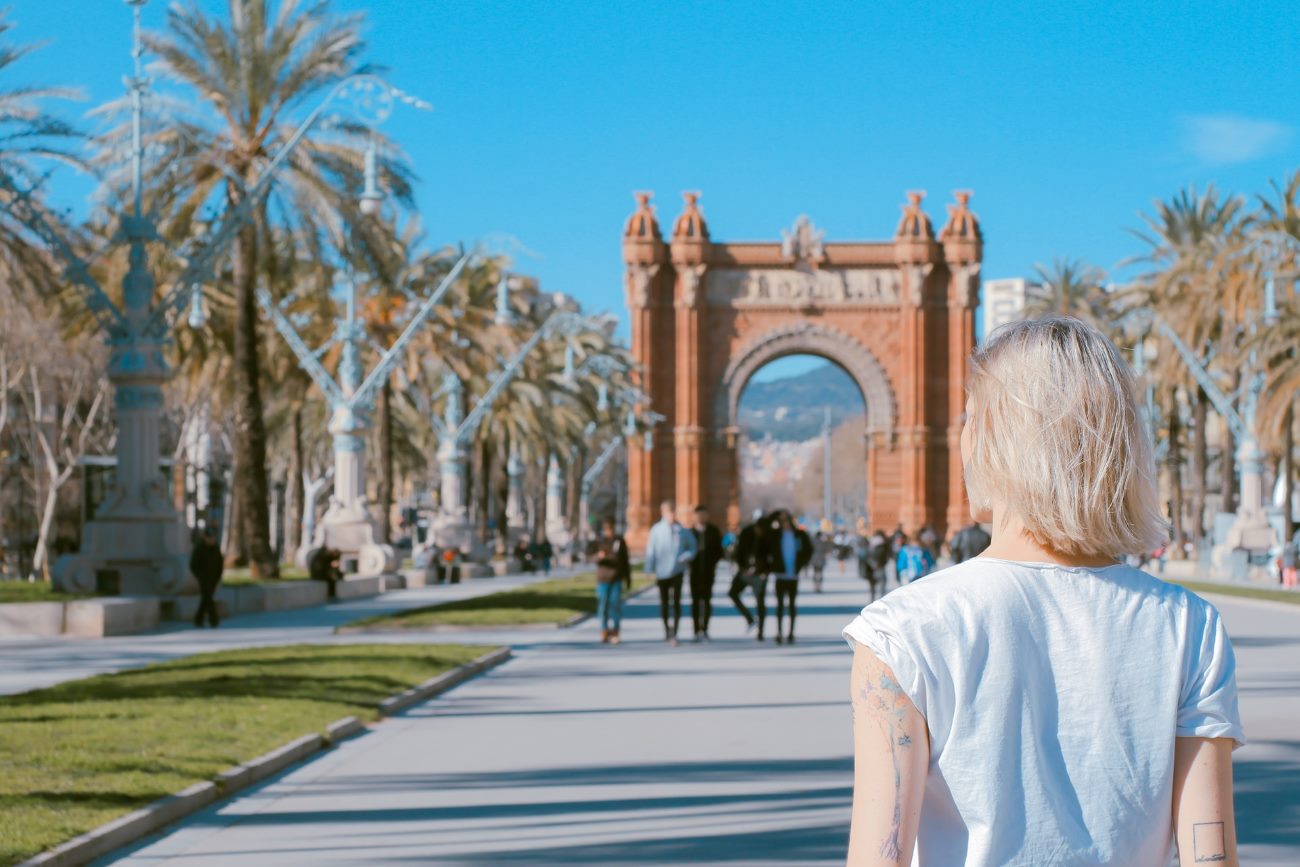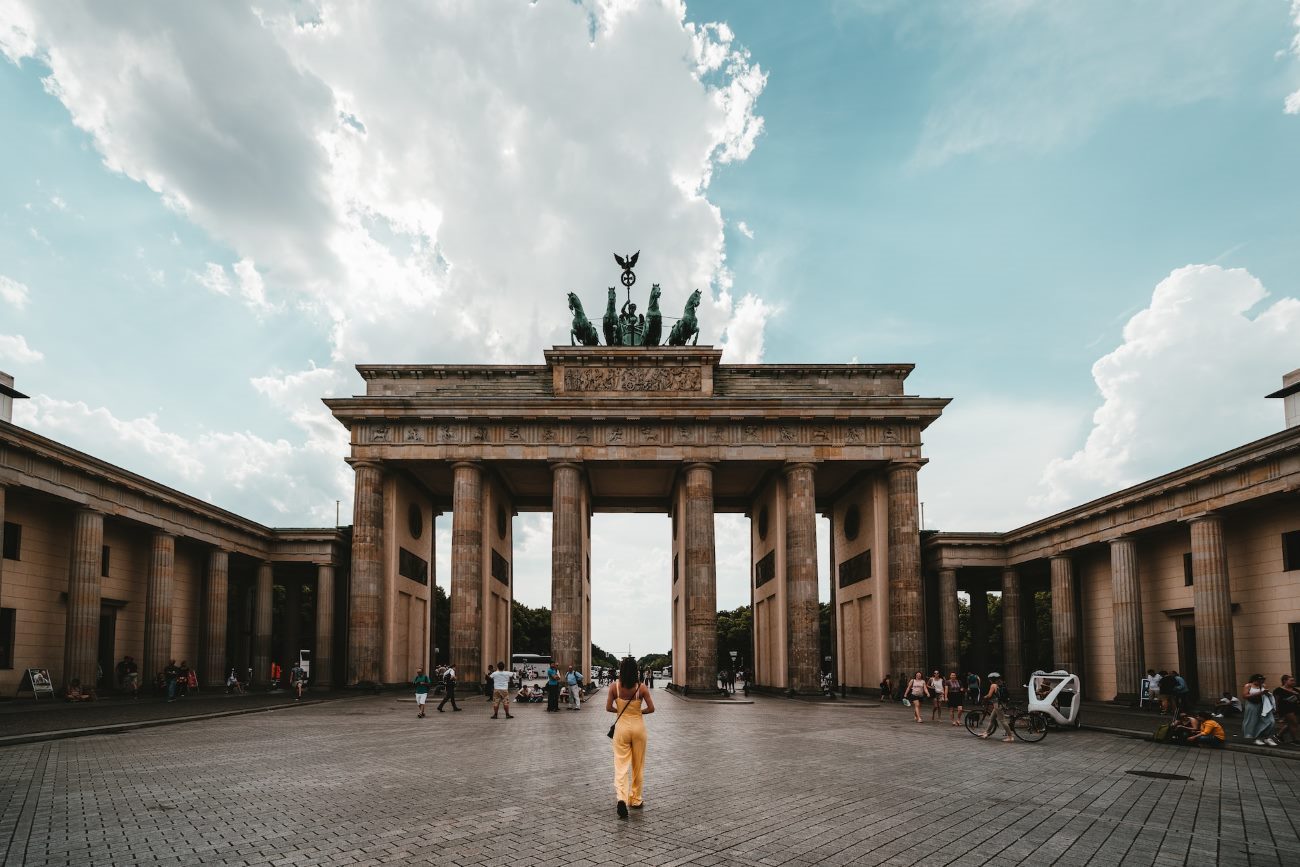What are Berlin Modernism Housing Estates and Where Can You Find Them?
Berlin exists as the spirited German capital city which showcases its cultural diversity along with its well-known buildings and considerable historical significance. The Berlin Modernism Housing Estates represent outstanding early 20th-century urban residential design that makes them architectural masterpieces in the city.
What is Berlin Modernism?
Members of the Berlin Modernist Housing Estates constructed residential buildings throughout different parts of Berlin from 1910 to 1933. The builder period of modernist architecture in Europe saw the development of housing estates which featured functional design in addition to innovative urban planning for better living conditions of the working class.
The Importance of Berlin Modernism Housing Estates
The Berlin Modernism Housing Estates hold a major place in architectural history and cultural heritage. Such developments emerged as Berlin required immediate construction of reasonably priced housing during its period of quick urban development in the early twentieth century. The estates functioned as designed spaces for maintaining population health and livability by applying modern urban planning principles and hygiene methods and social harmony goals.
The estates have earned UNESCO World Heritage status in 2008 because they represent important landmarks of modern architecture and cultural heritage.
It is possible to find the locations of Berlin Modernism Housing Estates.
Tourists should experience visiting the famous Berlin Modernism Housing Estates. Visitors must make a stop at the three Berlin Modernism Housing Estates.
-
Gartenstadt Falkenberg
Gartenstadt Falkenberg represents perfect garden city development in Ebenezer Howard’s tradition because it exists in the Falkenberg neighborhood of Köpenick district in Berlin. The estate based in Berlin was constructed from 1912 to 1913 to create detached as well as semi-detached homes in spaces dedicated to nature while maintaining a strong sense of community.
-
Hufeisensiedlung
Hufeisensiedlung represents a horseshoe-shaped housing complex that stands in Berlin-Britz. The horseshoe-shaped residential complex came to completion in 1933 when Bruno Taut designed it. The estate blends painted exterior walls with shared gardens along with well-designed apartment configurations. Practical considerations and modernist principles come together in perfect harmony at Hufeisensiedlung.
-
Siemensstadt
The Charlottenburg-Wilmersdorf district hosts Siemensstadt which stands as one of the biggest modernist housing estates across Berlin. The estate appeared between 1929 and 1931 thanks to the architectural genius of Walter Gropius and Otto Bartning. The estate demonstrates living and working integration because it unites homes with educational institutions and parks and industrial structures.
Exploring Berlin Modernism Housing Estates
The following advice will improve your visit to Berlin Modernism Housing Estates:
- Organizations which run tours guide visitors to learn extensive historical facts and architectural features and design rules of the estates. These residential complexes become more meaningful to understand by following this approach.
- Proceed slowly to discover every special aspect in these estates. You should admire the exceptional design approach of these houses because their clean lines and functional structures and detailed work stood out in their original construction period.
- The estates function as photographers’ dream locations because they feature extensive remarkable photographic opportunities. Take vivid pictures to reveal the bright colors alongside abstract shapes together with exciting lighting effects.
- Empirically explore the housing estates while you also visit the surrounding attractions. Visitors can find Gartenstadt Falkenberg near Müggelsee lake which provides visitors with the chance to see nature after examining the estate.
The architectural gems of Berlin offer visitors a chance to discover both historical heritage alongside local culture. The Berlin Modernism Housing Estates maintain their historical value by promoting important developments within present-day urban planning along with architectural studies.
Table of Contents



